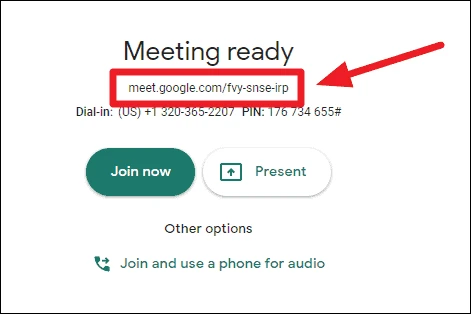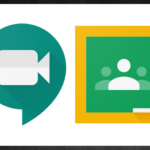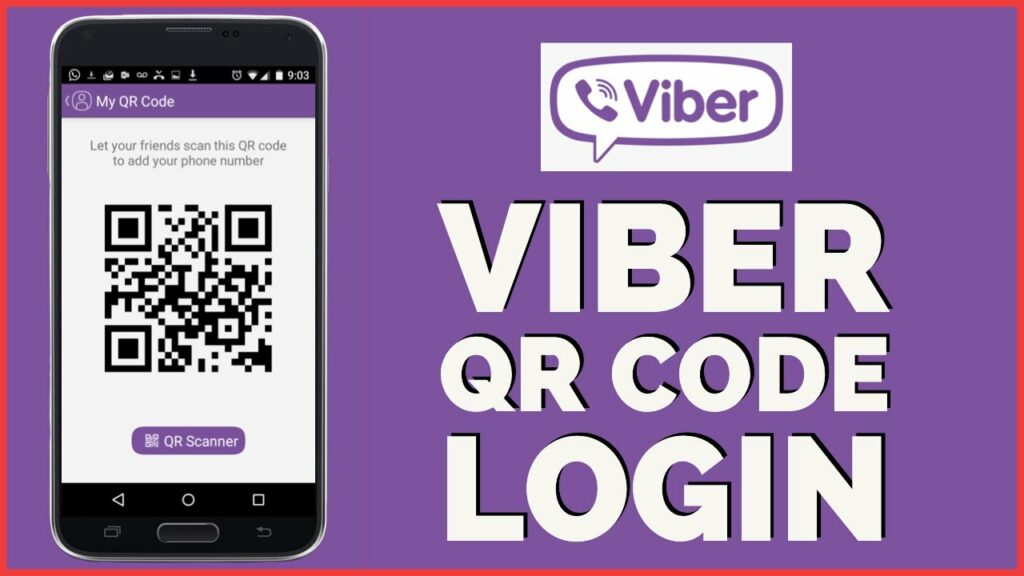Table of Contents
Google Meet Code For Students – Privacy Guidelines and Security Controls:
Before allowing your child to use Google Meet Code for Students, it is important to know the guidelines. These guidelines will help you set expectations for your child’s use of the virtual classroom, as well as help them protect their privacy. You can learn more about the Privacy guidelines and Security controls from this article.
Privacy guidelines:
When using Google Meet Code for Students, parents should remember the privacy guidelines of the program. Students should not share their login credentials with other students or teachers. This violates confidentiality and can lead to disruptive behaviors. Students who disrupt sessions may be subject to appropriate consequences, including a temporary or permanent loss of technology access or an assignment to their parents.
Student data should not be used for targeted advertising or to create profiles of students. Data should be encrypted during transit and at rest and stored securely. Lastly, student data should only be kept for a specific period of time and deleted promptly. This means that students should have a clear understanding of what data the app collects and how it uses it.
Google’s privacy guidelines for the Google Meet Code for Students program are based on the principles of the Family Educational Rights and Privacy Act. These guidelines prohibit third parties from collecting, maintaining, or disclosing student information without the consent of the students.
Security controls:
The enhanced security controls of Google Meet Code for Students are designed to protect students and educators alike. The new features include an audit log that can be reviewed by Google’s independent auditors and a way to mute and remove other participants from the meeting. Additionally, students can only join a meeting if the creator or calendar owner is present.

Currently, security controls for students and teachers are very limited. However, administrators can manually restrict access to a meeting. In addition to these settings, they can also add a link to Google Meets within Google Classroom. While the features of the program are generally quite robust, they are not completely foolproof. In some cases, students might even start a Meet without the host’s permission. This can violate the school’s communication policy.
Google is actively working on additional security features for Google Meet. Administrators can decide which students are allowed to join video calls. In addition, administrators can easily end a meeting from the dashboard. They can also block the ability of participants to rejoin a meeting without the host. Overall, this is a huge step in the evolution of this tool for educators.
Behavior expectations:
Google Meet is a popular virtual classroom check-in tool used by students at all levels. The Google Meet Code for Students includes behavior expectations for students online, as well as privacy guidelines for parents. These guidelines are meant to help parents understand how their children should behave while online. If a student does something inappropriate, parents should contact the teacher or principal directly to find out how to deal with the situation.
It is important to follow the rules set forth by the school or district while using Google Meet. It is important for students to be aware of school and district policy, and Google Meet should be conducted in a confidential manner. Students should turn off their microphones when not in class, or turn them on only if they need to speak.
Chrome extension:
A Chrome extension for Google Meet Code for Students makes it easy to track and monitor your student’s attendance. The extension is available for Mac and Windows and requires that you use the Google Meet platform. It shows a list of all attendees, their joining time, and how long they spend in class.
Another great feature is the ability to split tabs into separate windows. This works well on larger screens, and the tool provides options for presenting a presentation in different ways. If you’re working from a computer and an iPad, this Chrome extension will help you keep the screen split between the two devices.
Students can also annotate anything on a webpage. These annotations are saved in a file and uploaded to the instructional platform. This tool also works well with video conferencing and screencasting.








